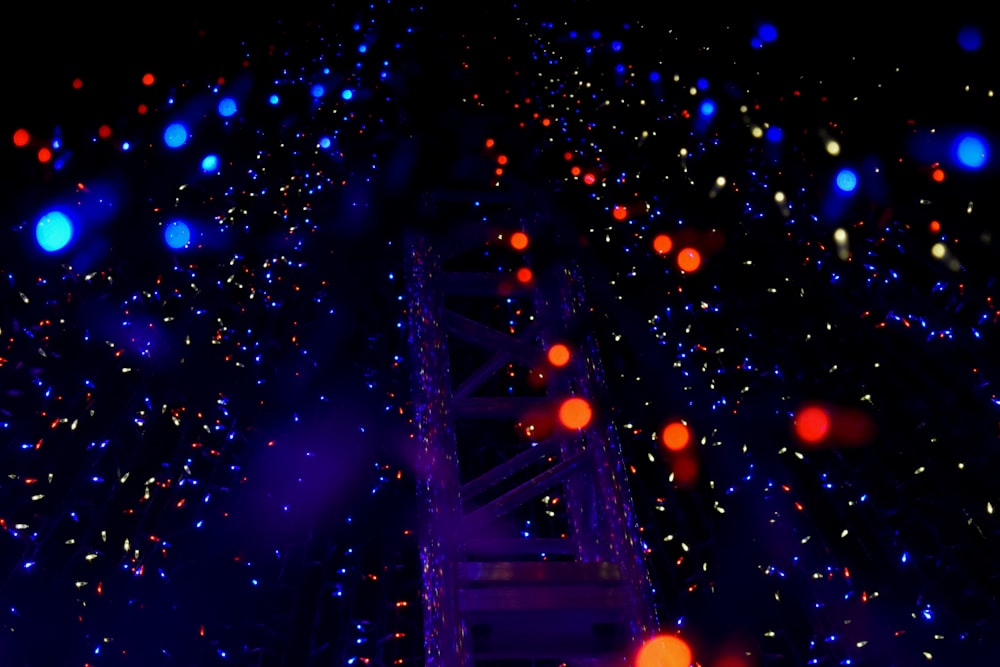Light is an essential component of life on Earth. It plays a major role in maintaining a balanced lifestyle. Unfortunately, most people don’t get enough sunlight to maintain a healthy and balanced body.
Understanding the basics of light is very important for anyone wanting to improve their health. This article talks about the various wavelengths and colors of light, their importance to the human body, and their potential uses.
Light is energy that flows through the air. It's produced by a specific frequency or wavelength. The longer a wavelength is, the more energy it contains.
The electromagnetic spectrum is a collection of wavelengths of light that have different frequencies and colors. The visible spectrum of light is composed of light that can be seen by humans and invisible light that can be invisible to the human eye. The energy in light depends on the wavelength and the brain's perception of the light.
The sun is responsible for keeping our atmosphere healthy and oxygen-rich. It also helps to cool and heat our oceans and stores carbon dioxide. Sunrays contain all of the wavelengths of light that humans need to stay healthy. However, they also have some less beneficial wavelengths.
Different colors and wavelengths of light have physiological effects on humans.

Ultraviolet light has short, powerful wavelengths. It's responsible for producing UV rays that are responsible for skin tanning and Vitamin D.
Blue Light is a type of isolated light that's usually bright enough to be perceived as blue. It's used in most modern displays.
Green Light, which is in the 520-560 nm range, is less well-known than UV and blue light, its effects on tissues and cells are still being studied.
Yellow light is similar to green light in terms of its wavelength, scientists are still studying its effects on the body.
Red light comes from the mid-600nm range. It has been shown to have numerous health benefits, and it is known to stimulate plant growth in space. All Kala Red Light devices use both red and infrared light to help penetrate deep into the skin providing therapeutic benefits to the organics, muscle tissues, joints, ligaments and more. The red light has been proven to provide benefits to the surface level enabling healthy skin and benefits such as alleviation of acne, wrinkles, psoriasis, eczema and other skin conditions.
Studies have shown that red light can stimulate the mitochondria in our cells to generate more ATP energy, which powers everything in humans. It has also been shown to improve skin health and inflammation.
Near Infrared Light: This wavelength is longer than the previous colors and can penetrate deep into the body for more effective healing and regenerative effects. Kala devices combine this NIR light with Red to provide the full spectrum of therapy benefits.
Far and mid infrared light are used in saunas to promote sweating. They are also used for sunburn and skin conditions. Current research shows that red and NIR lights are the most beneficial wavelengths for human health. They have the least risks and downsides.
Through the use of LED technology, Kala is able to isolate the NIR and red wavelengths of light and deliver them directly to the skin. In conjunction with a healthy lifestyle, absorbing red and NIR light help support biological balance and overall improved health and wellness.




